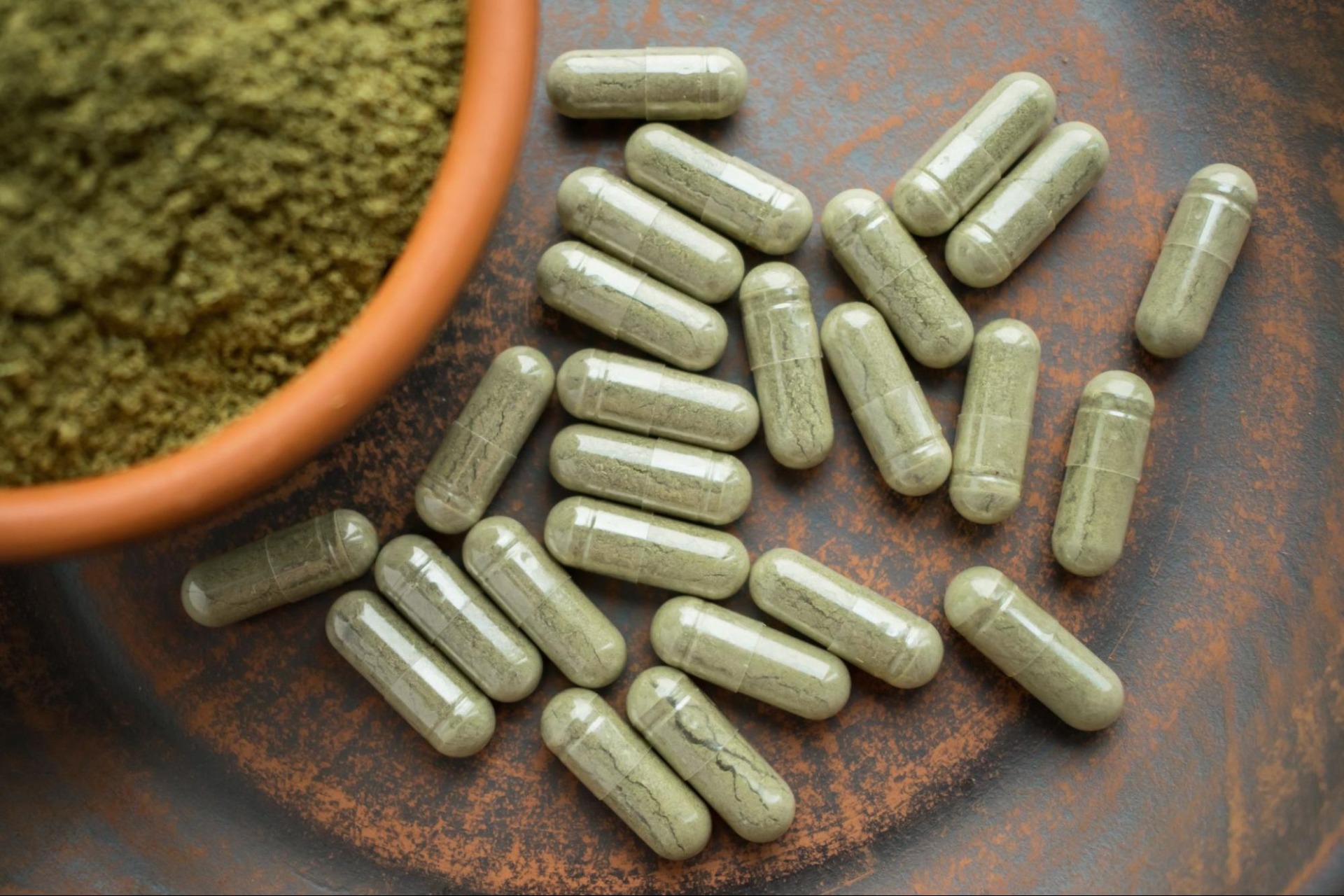Kratom, a tropical tree native to Southeast Asia, has been gaining popularity in Western countries for its potential therapeutic benefits. The journey of Kratom from folklore to pharmacology is an intriguing one that sheds light on the complex relationship between traditional medicine and modern science.
In traditional Southeast Asian cultures, Kratom leaves have been used for centuries as a natural remedy for various ailments. The leaves are typically chewed or brewed into tea to alleviate pain, boost energy levels, and improve mood. In some communities, Kratom is also used as a social lubricant during ceremonies and gatherings.
Despite its long history of use in folk medicine, top kratom brands remained relatively unknown outside of Southeast Asia until recent years. As interest in alternative therapies grew in the West, researchers began to investigate the potential health benefits of this mysterious plant.
Studies have shown that Kratom contains several active compounds, including mitragynine and 7-hydroxymitragynine, which interact with opioid receptors in the brain. These compounds are believed to produce analgesic effects similar to those of opioids but with fewer side effects. As a result, Kratom has garnered attention as a potential treatment for chronic pain conditions such as fibromyalgia and arthritis.
In addition to its pain-relieving properties, Kratom has also been studied for its stimulant effects. Some users report increased energy levels and improved focus after consuming Kratom products. This has led some individuals to use Kratom as an alternative to caffeine or prescription stimulants.
While the anecdotal evidence supporting the use of Kratom is compelling, more research is needed to fully understand its safety and efficacy. Critics argue that the lack of regulation surrounding Kratom products poses risks to consumers who may unknowingly purchase contaminated or adulterated products.
Despite these concerns, interest in Kratom continues to grow among both consumers and researchers alike. In recent years, several states have moved to ban or regulate the sale of Kratom products due to concerns about their safety and potential for abuse.
As scientists continue to unravel the mysteries of this ancient plant, it is clear that the journey of Kratom from folklore to pharmacology is far from over. Whether it will ultimately be embraced by mainstream medicine remains uncertain; however, one thing is certain – the leaf of secrets holds promise as a natural remedy with powerful healing potential.



